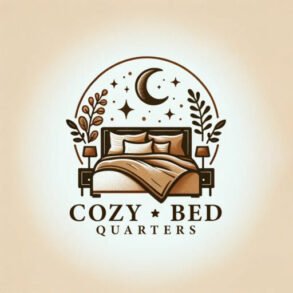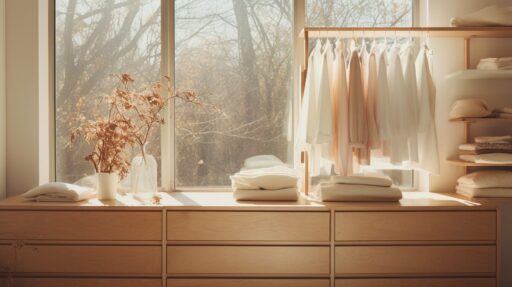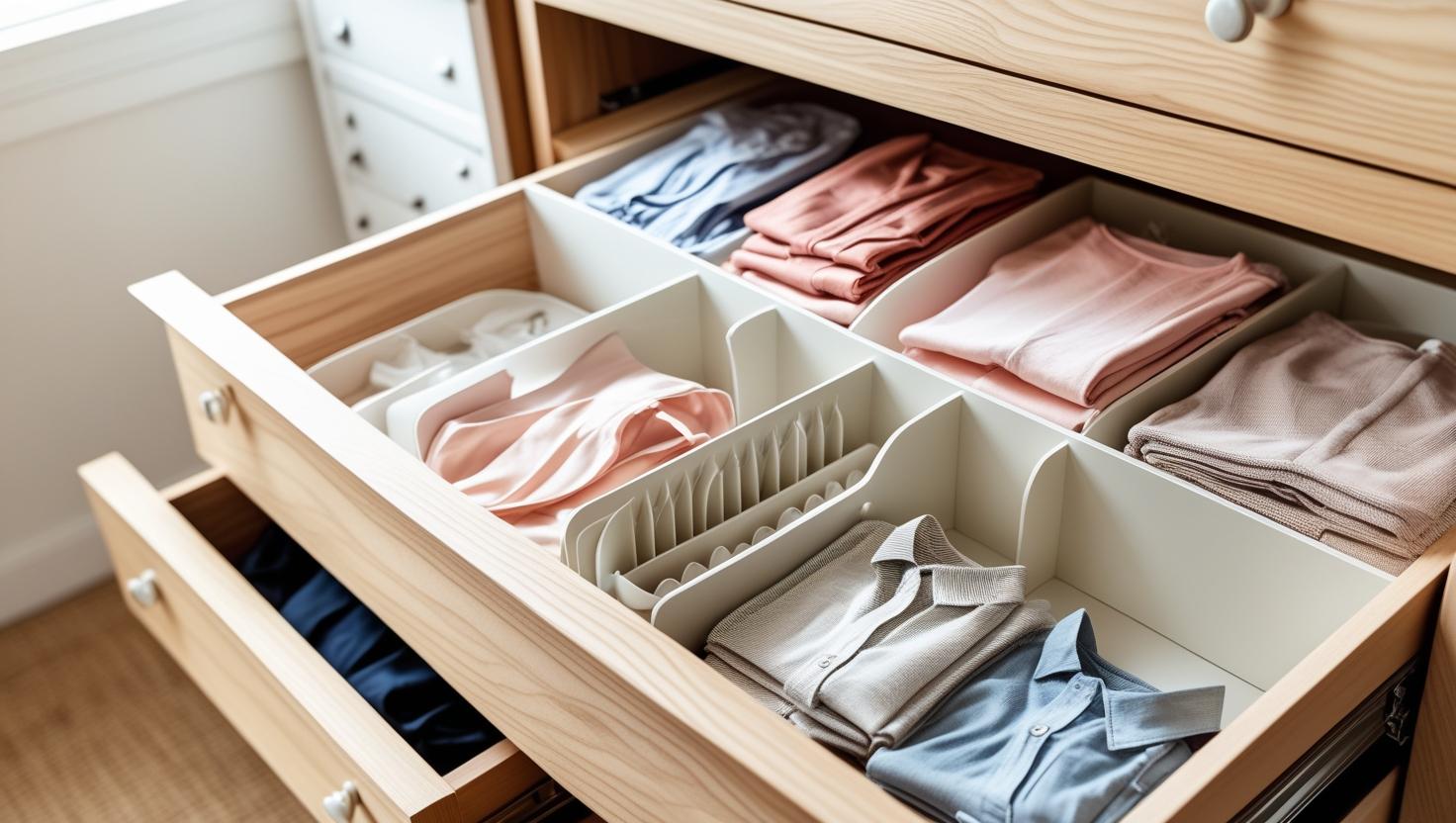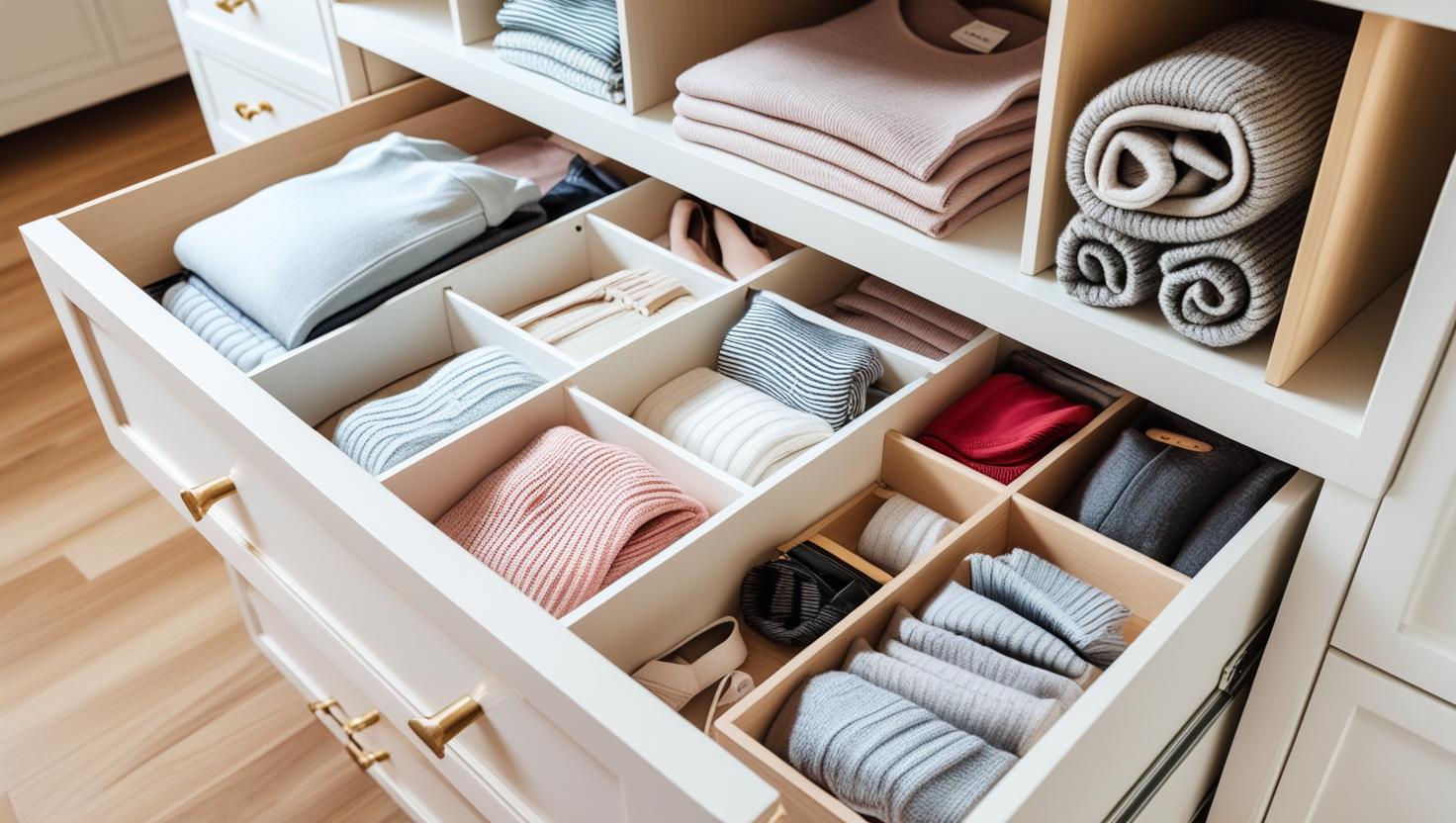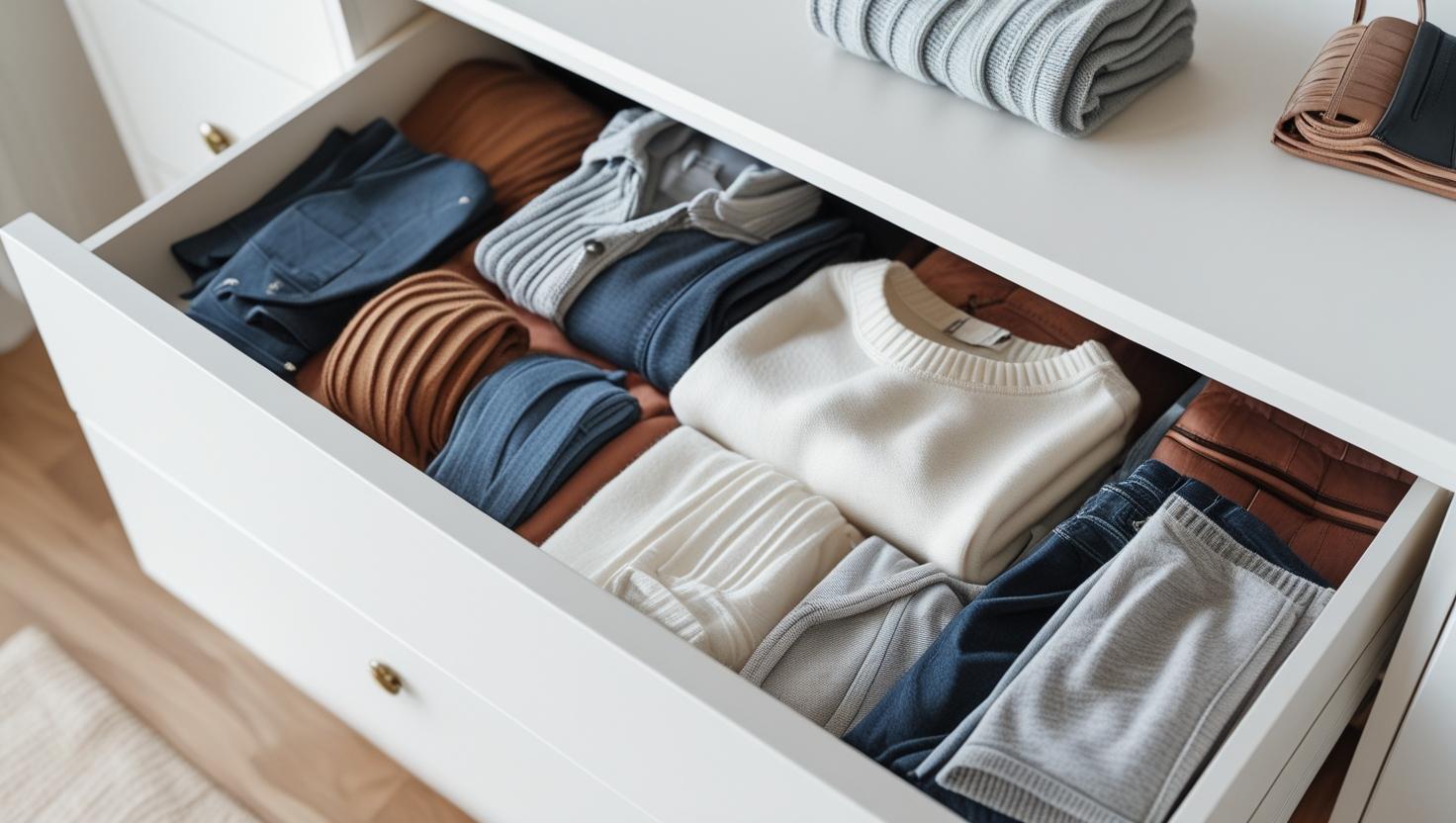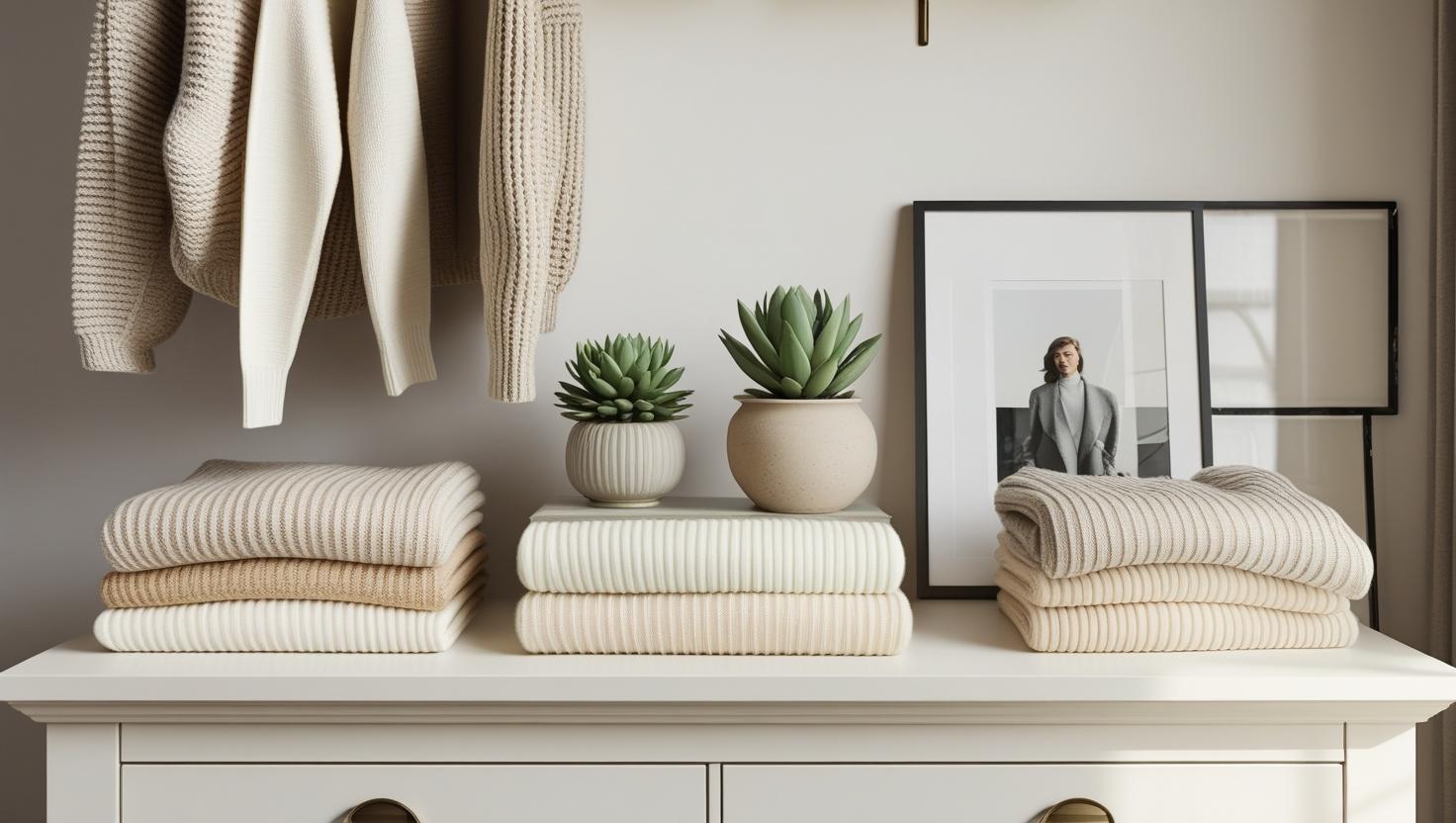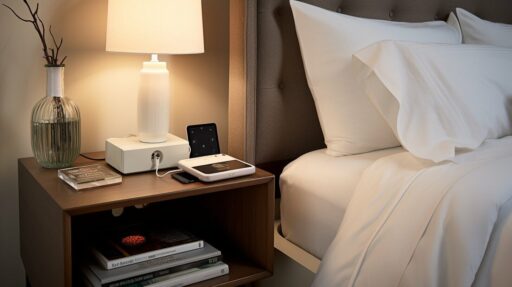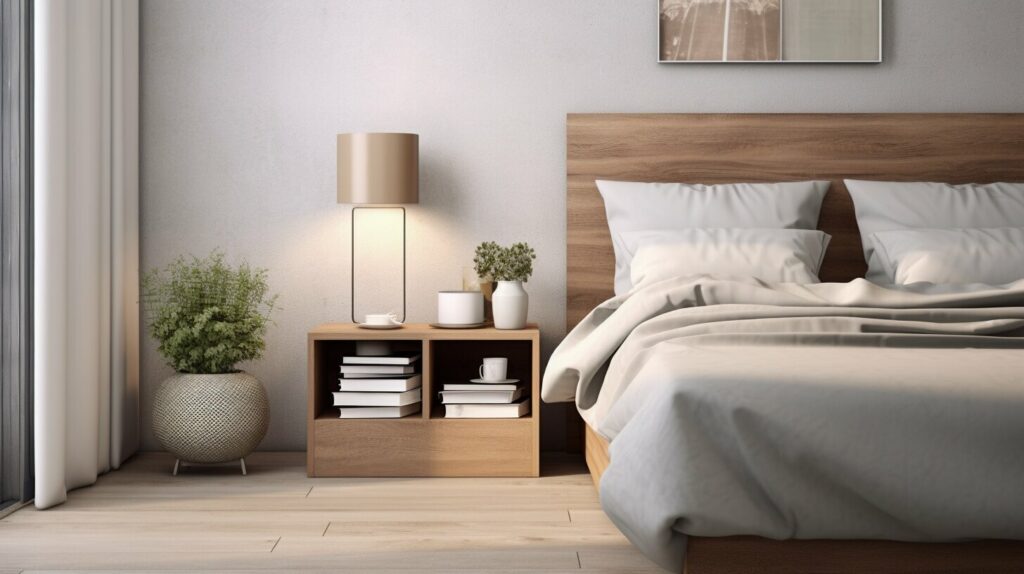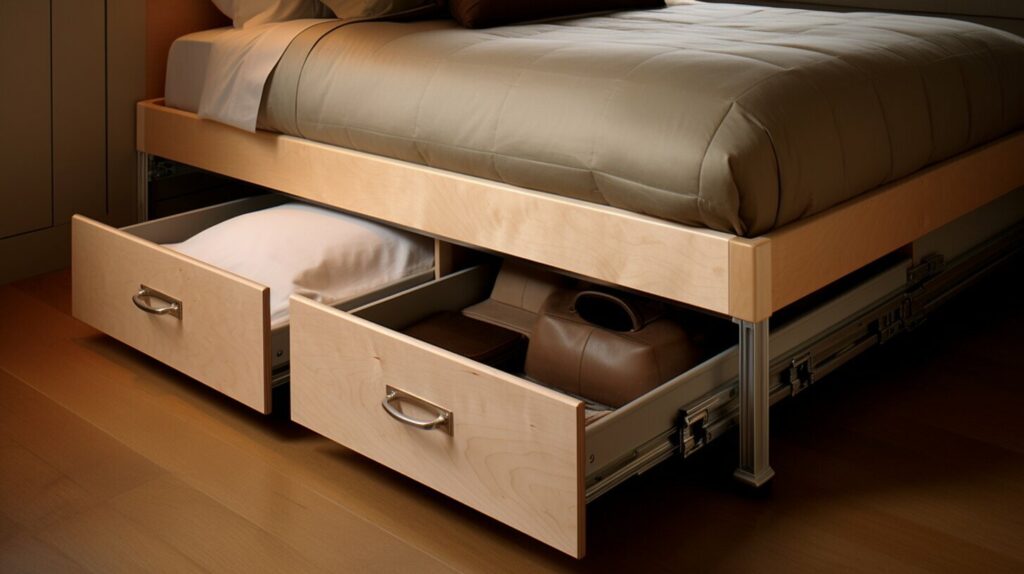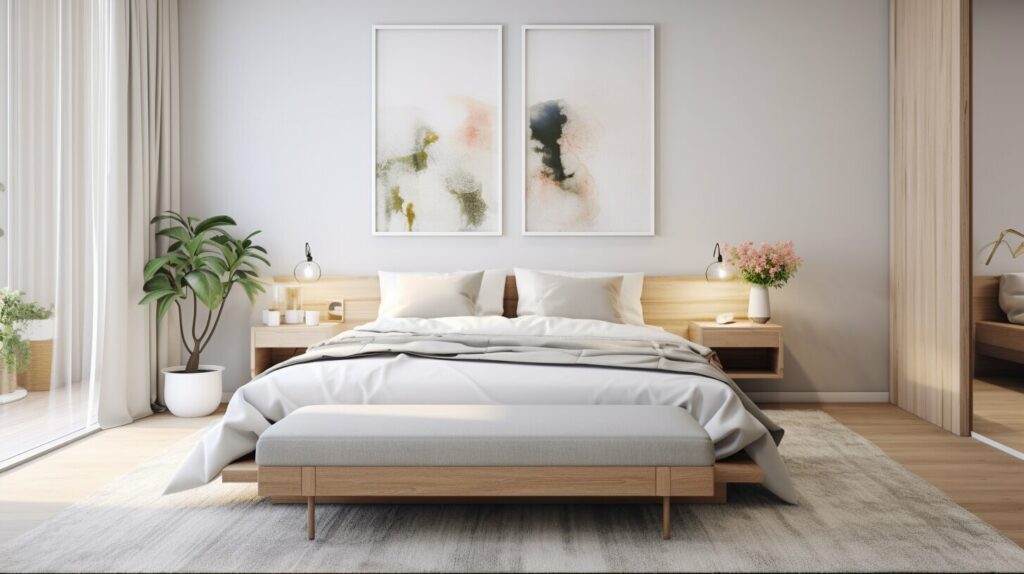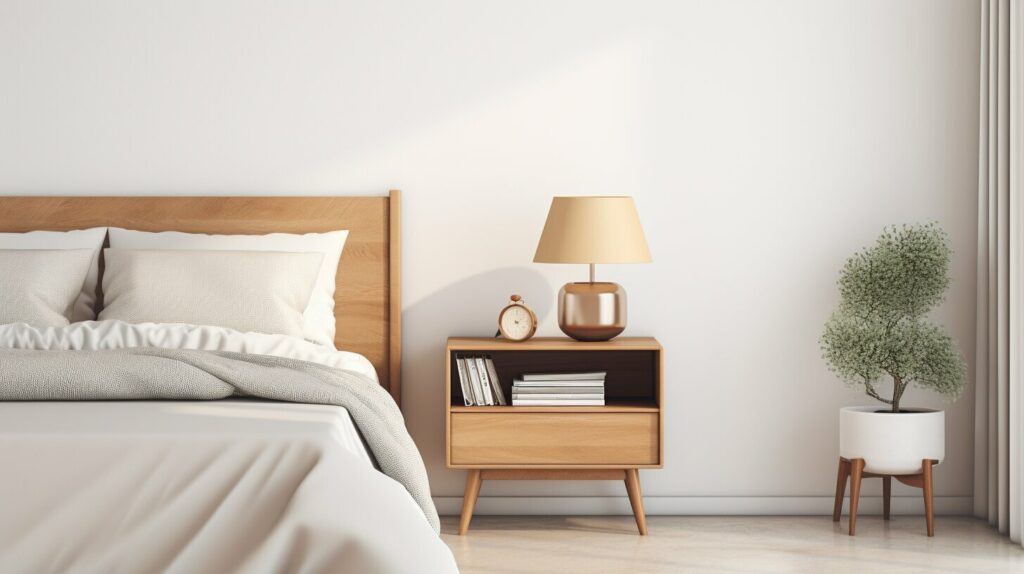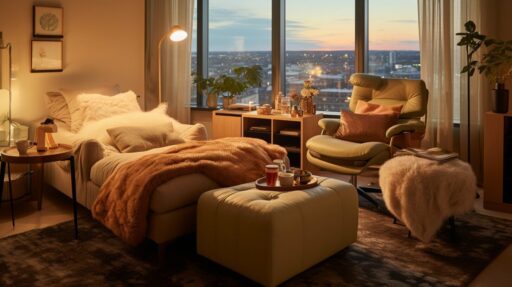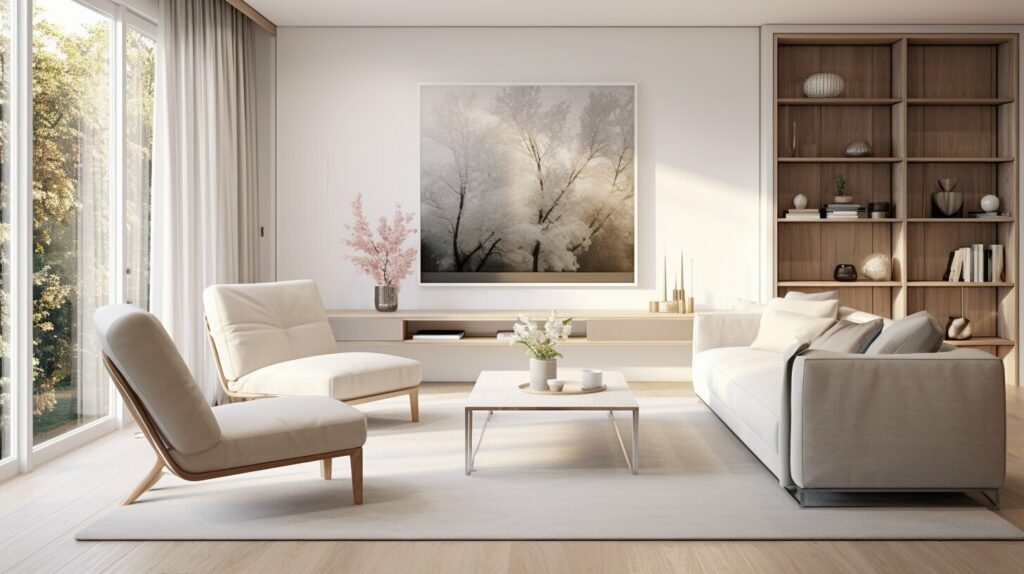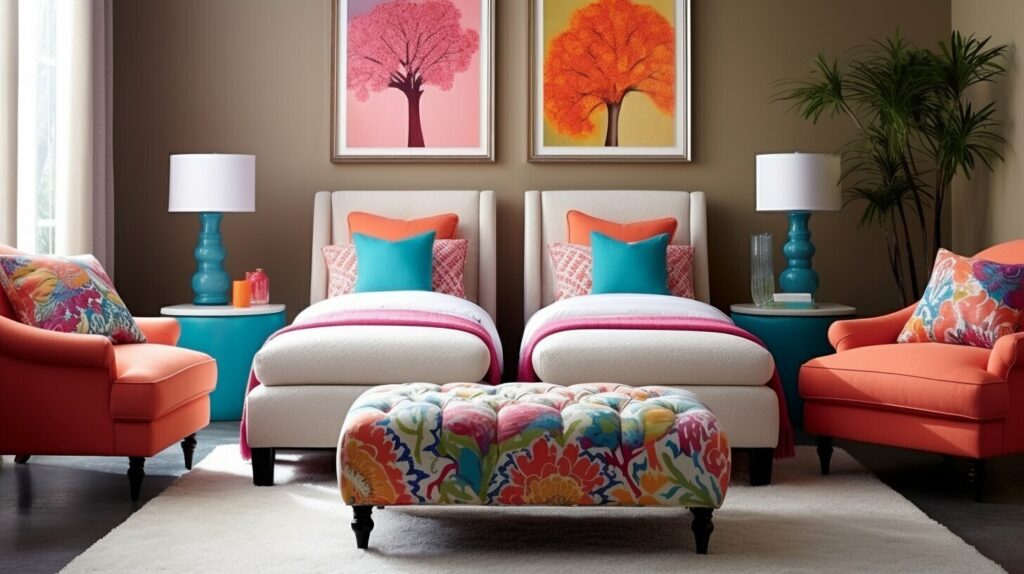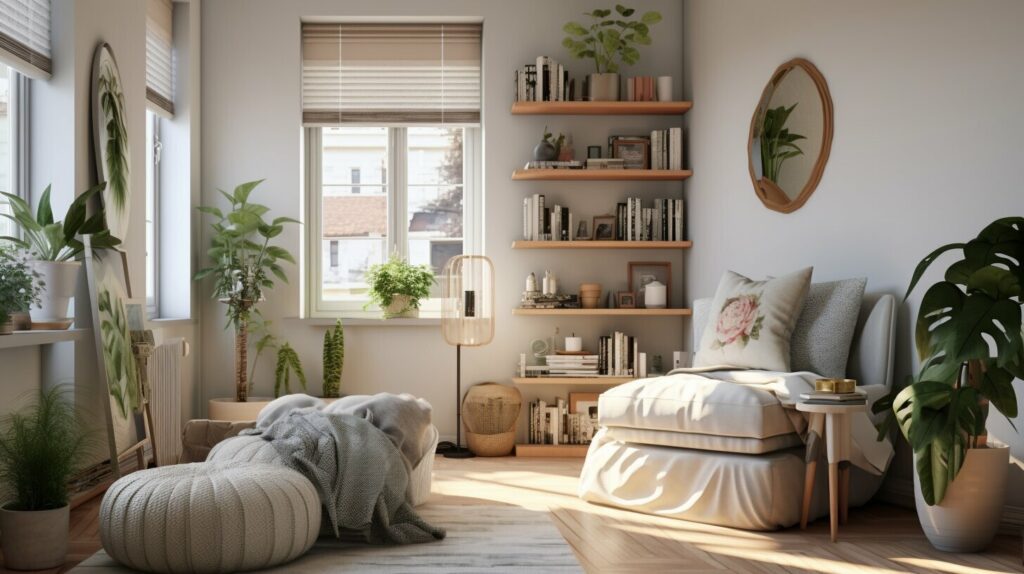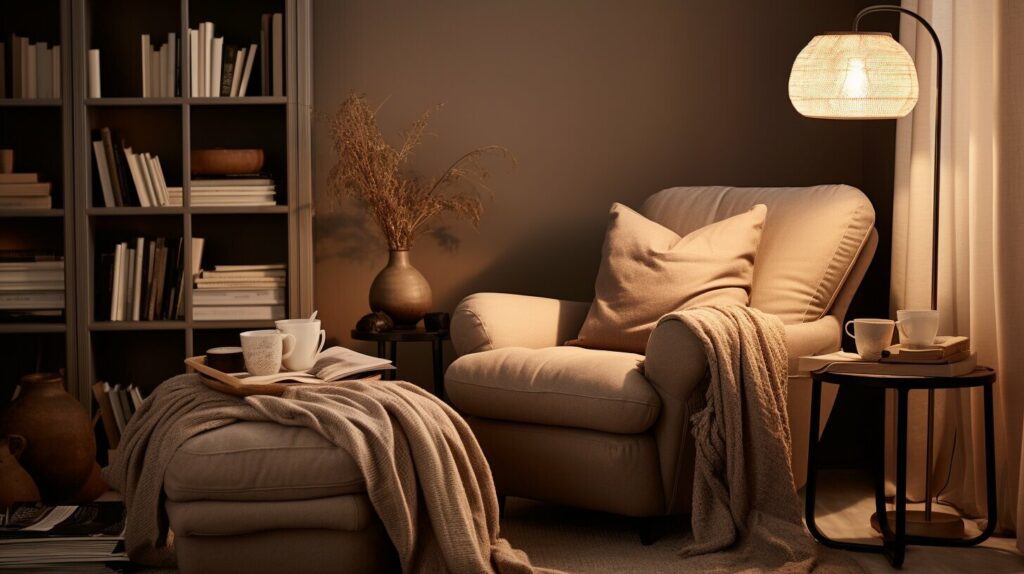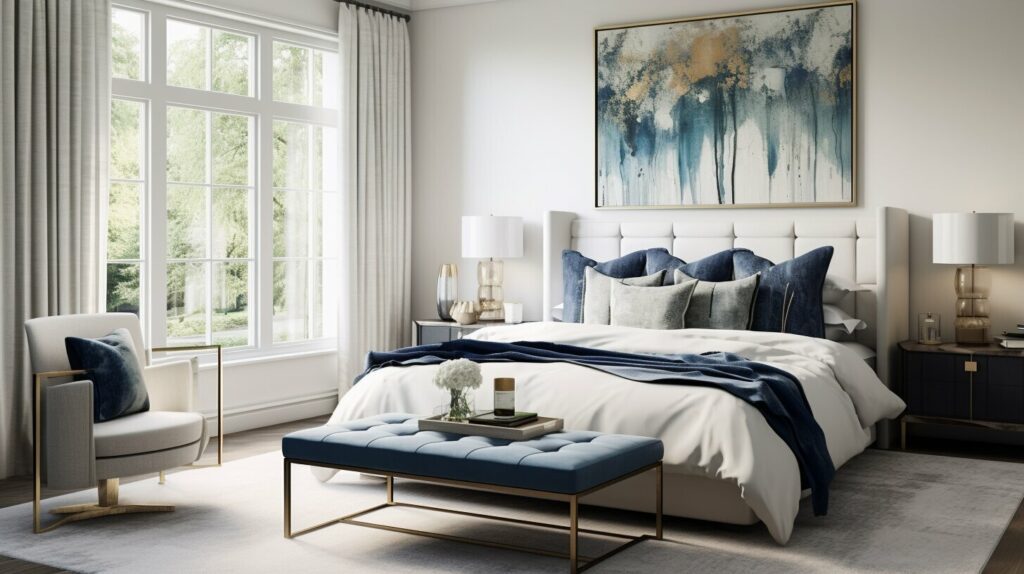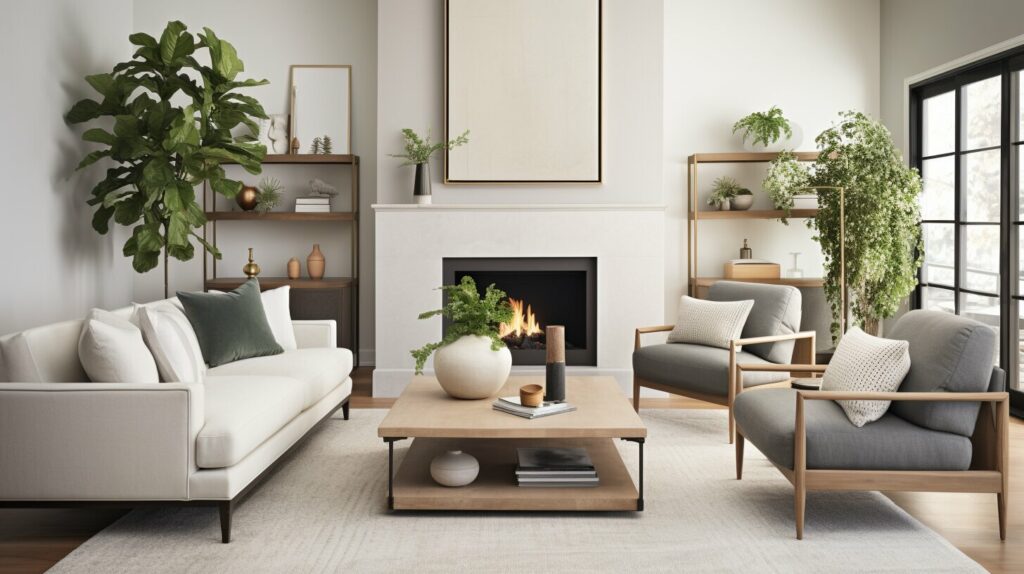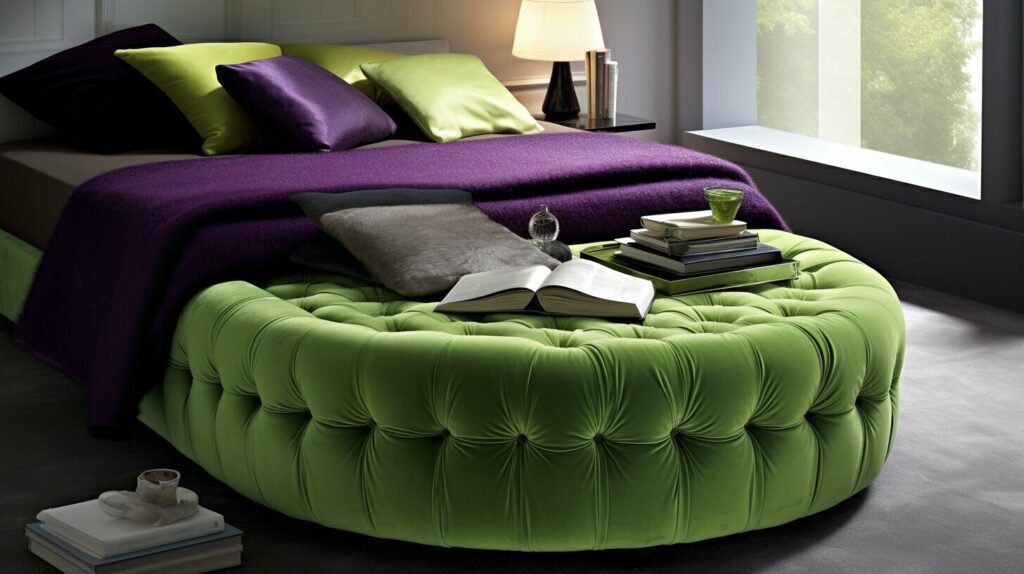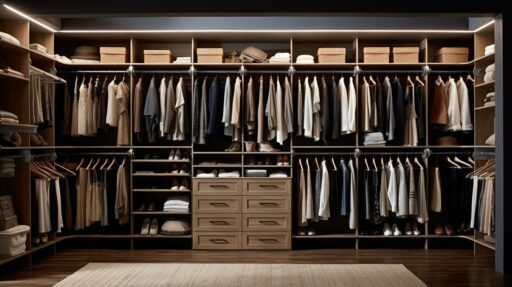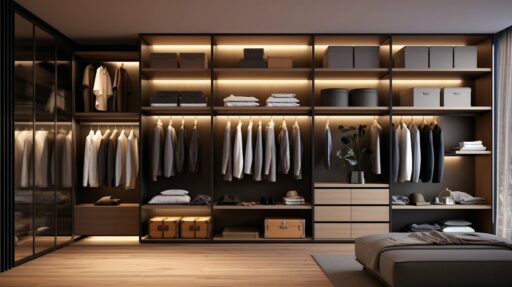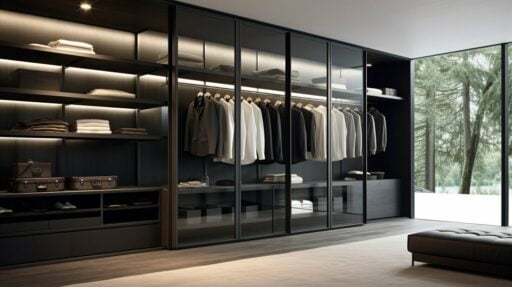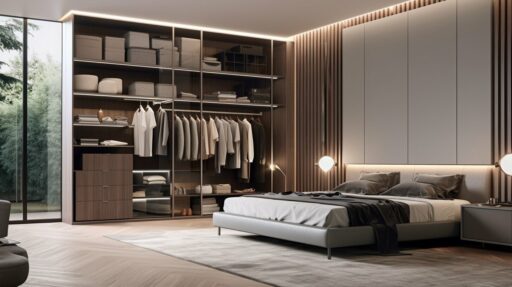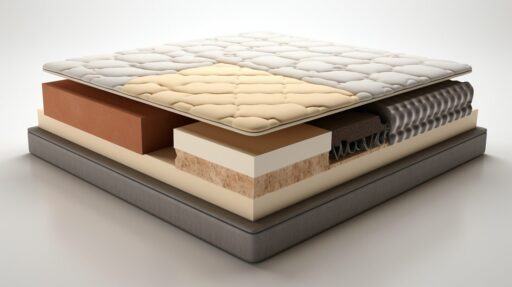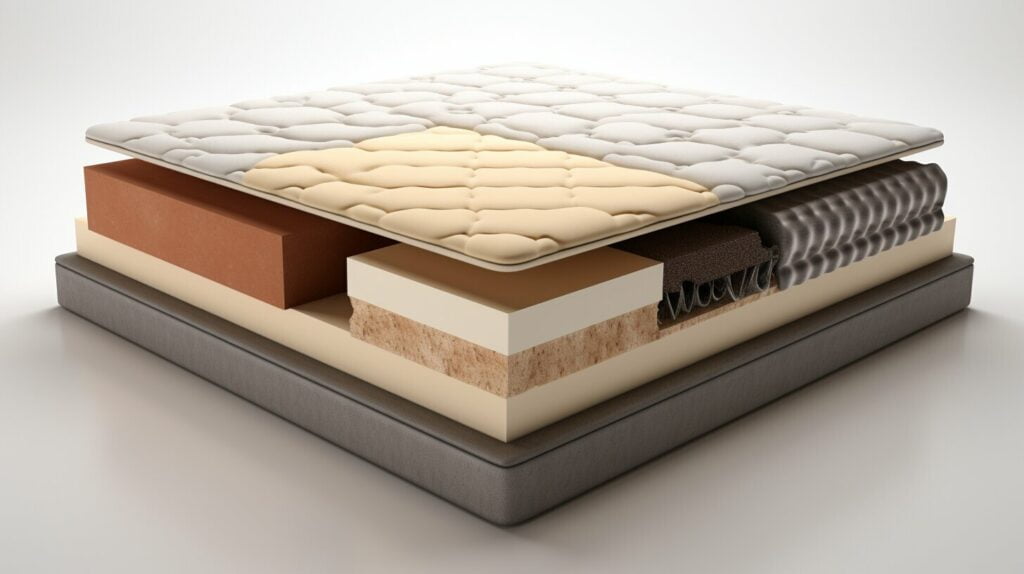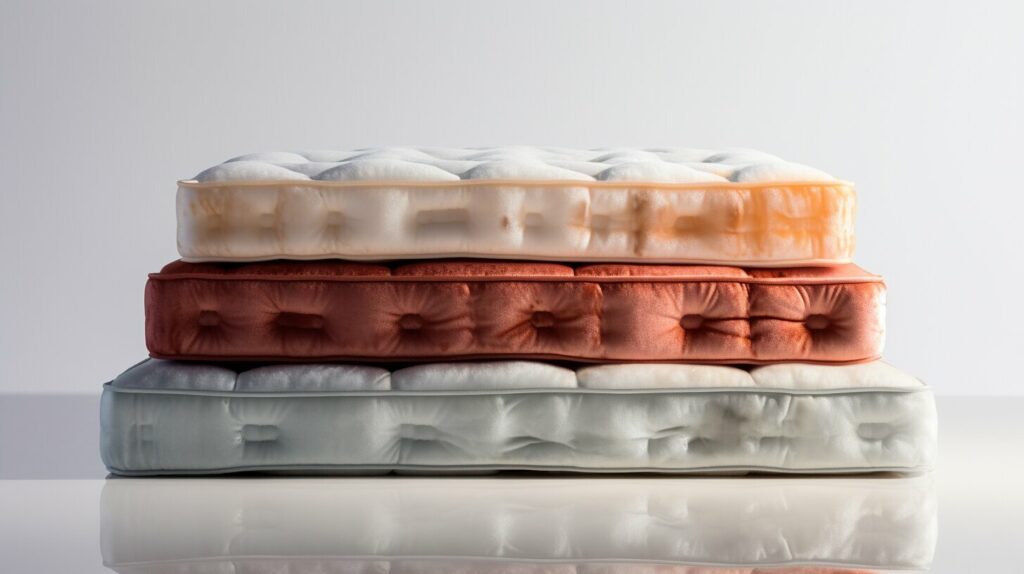Choosing the Right Dresser
Choosing the Right Dresser is key to creating a stylish, organized, and functional bedroom. This guide covers everything you need to know—from storage needs to style and materials—so you can find a dresser that perfectly fits your space and lifestyle.
Key Takeaways
- Understand your storage needs to choose the ideal dresser size and configuration.
- Measure your space accurately to ensure a perfect fit.
- Match dresser style and material with your bedroom decor for a cohesive look.
- Evaluate functionality, durability, and drawer mechanisms before purchase.
- Set a realistic budget to balance quality and affordability.
Assess Your Storage Requirements
When choosing the right dresser, start by evaluating your storage needs. Think about the items you plan to store—clothes, accessories, or other belongings—and decide on the number of drawers or shelves required. Creating a list of all your storage items will help you determine the dresser size and configuration best suited for your room.
For more inspiration, check out this guide to dresser types that can help you refine your selection.
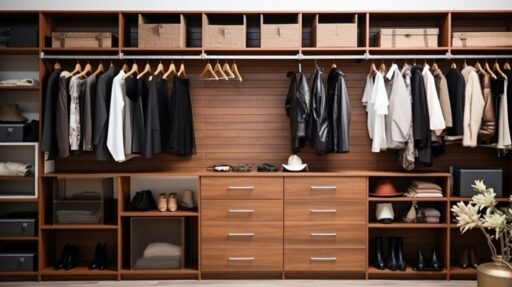
Measure Your Space
Proper measurements are crucial when choosing the right dresser. Measure the width, height, and depth of the designated area. Leave enough clearance for drawers to open fully and for ease of movement around the dresser. A well-sized dresser will look proportionate and maximize storage without overwhelming the room.

Consider Style and Material
The style and material of a dresser influence both aesthetics and longevity. From classic solid wood to sleek modern metal designs, choosing the right dresser involves selecting a style that matches your bedroom decor. Solid wood dressers are durable, while veneer and metal offer affordable and contemporary alternatives.
You can learn more from Scandinavian Designs’ dresser guide on choosing the perfect piece for your home.
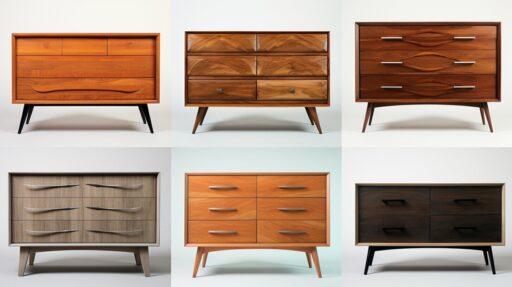
Check Functionality and Durability
A dresser’s functionality is just as important as its appearance. Ensure drawers glide smoothly, hardware is sturdy, and the overall construction is built to last. Reading customer reviews can provide valuable insights into long-term performance when choosing the right dresser.
Set a Budget
Setting a budget ensures that you find a dresser that balances quality with affordability. When choosing the right dresser, consider how much you’re willing to invest and research different price ranges to understand what materials and features you can expect at each level.
Dresser Maintenance and Care
Once you’ve chosen your dresser, proper care will help it last for years. Regular dusting, avoiding direct sunlight, and using protective pads under decorative items will keep your dresser looking pristine.
Buying a Dresser Online
When choosing the right dresser online, focus on accurate measurements, detailed product descriptions, and customer reviews. Make sure to check the return policy and be prepared for assembly if required. For additional insights, review Faustine Furniture’s dresser size and style guide.
In conclusion, choosing the right dresser transforms your bedroom into an organized and stylish retreat. By evaluating storage needs, measuring carefully, and selecting durable, stylish materials within your budget, you can find a dresser that enhances both function and design.
FAQ
- What is the first step in choosing the right dresser?
- Start by assessing your storage requirements and available space to determine the size and type of dresser you need.
- Which materials are best for dressers?
- Solid wood is durable and timeless, while veneer and metal offer modern styles at affordable prices.
- How can I ensure my dresser fits my bedroom?
- Measure your space accurately, considering width, height, depth, and clearance for opening drawers.
- Is it safe to buy a dresser online?
- Yes, as long as you check dimensions, read reviews, and verify the return policy before purchase.
- How do I maintain my dresser?
- Clean it regularly, avoid direct sunlight, and use coasters or pads to prevent scratches and stains.
Learn more in our bed size guide, explore top mattress accessories, or read dresser maintenance tips.
